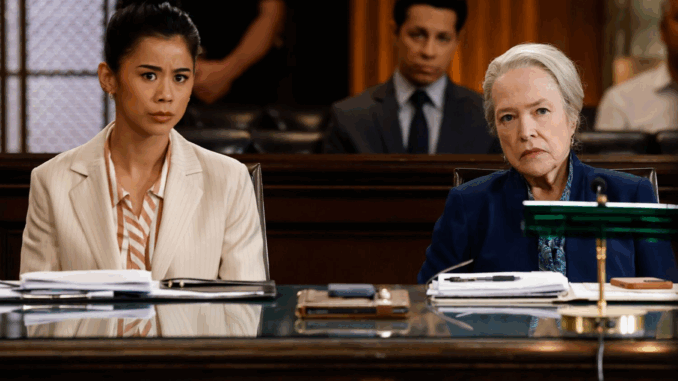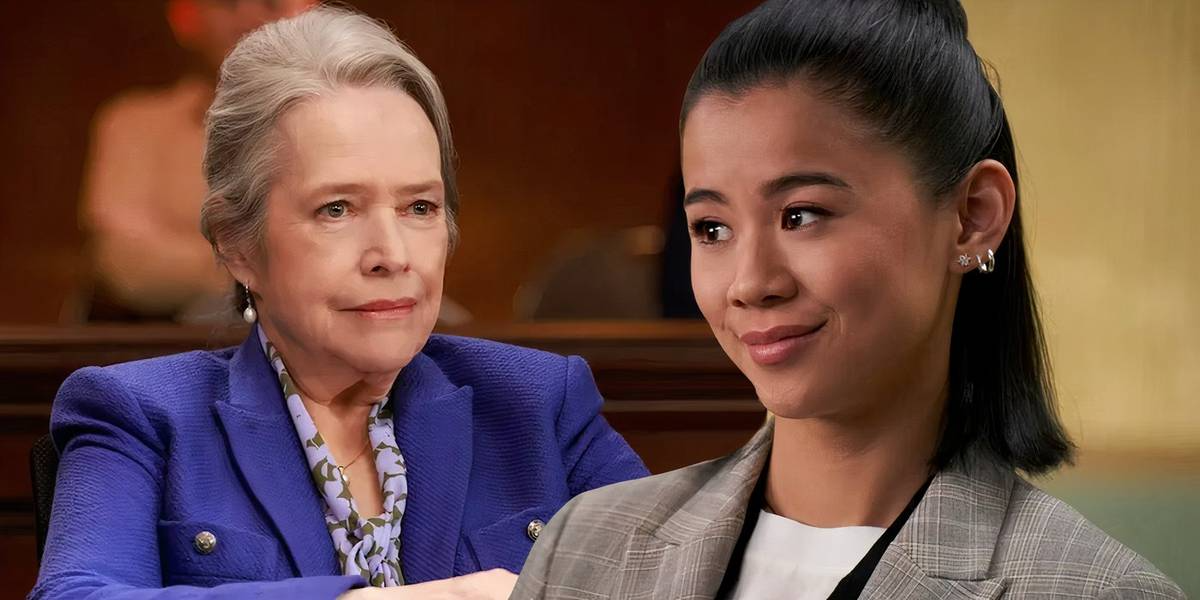
A Southern Lawyer Comes to Primetime
When Matlock debuted in 1986, it joined a crowded television lineup filled with crime dramas, family comedies, and soap operas. Yet it quickly distinguished itself with a unique blend of courtroom theatrics and down-home charm. Created by Dean Hargrove and produced by Fred Silverman, Matlock was more than just another legal show—it was a vehicle tailor-made for Andy Griffith, who by then was already a television icon.
The decision to cast Griffith in a role far different from Sheriff Andy Taylor of The Andy Griffith Show was a bold one, but it worked. Matlock was more abrasive, more cunning, and more complex—yet still carried the warm moral core that audiences had come to expect from Griffith’s performances.
From Concept to CBS Staple
The character of Ben Matlock was inspired in part by Perry Mason, another TV defense attorney famous for dramatic revelations. But Matlock was less polished and more grounded. He wore rumpled suits, played the banjo, and loved junk food. His cases often unfolded with him poking around crime scenes and confronting suspects outside of the courtroom—a style that made each episode feel like a detective story wrapped in a legal thriller.
What many people don’t know is that Matlock was originally developed for NBC before moving to CBS in its later seasons. The show’s success on two major networks is a testament to its strong appeal across audiences.
Filming and Style
While set in Atlanta, Georgia, much of Matlock was filmed in Los Angeles. However, the show made a point of maintaining its Southern tone through language, music, and cultural references. This regional identity gave the series a distinctive flavor compared to slick, urban dramas of the time.
Each episode followed a structured format: act one introduced the crime and suspect, act two followed the investigation, and the final act delivered the courtroom showdown. Viewers came to expect a twist—often a surprise witness or confession that exposed the real murderer. This formula kept fans coming back week after week.
The Supporting Players

While Andy Griffith was the undisputed star, the supporting cast evolved over the years and played a vital role in the show’s success. Kene Holliday, as private investigator Tyler Hudson, brought energy and humor. Later, Clarence Gilyard Jr. took on the role of Conrad McMasters, another loyal aide to Matlock, adding a new dynamic with his cowboy flair.
Nancy Stafford’s Michelle Thomas added intelligence and strength, often challenging Matlock’s old-school methods with a more modern perspective. And as the show progressed, new characters like Matlock’s daughter, Leanne (played by Brynn Thayer), helped deepen the narrative.
Why It Worked
There were plenty of courtroom dramas on television, but Matlock had a secret weapon: tone. The show struck a balance between tension and levity. Matlock might question a key witness with surgical precision, but then crack a dry joke as he walked away. This balance made the show appealing to viewers who wanted more than just crime and punishment—they wanted characters who felt real, cases that mattered, and stories that weren’t afraid to breathe.
Griffith’s charisma was key, but the writing team ensured that each case had substance. Episodes often explored themes of redemption, false accusation, and the danger of jumping to conclusions. It wasn’t always about winning—it was about doing what was right.
A Cultural Fixture
By the early 1990s, Matlock had become a reliable presence in living rooms across America. Its syndication success ensured that new generations discovered the Southern lawyer long after the original run had ended.
Even today, references to Matlock pop up in pop culture—from The Simpsons to Breaking Bad. The character has become shorthand for old-school wisdom and folksy brilliance.
